Every athlete is told to replenish electrolyte stores on top of rehydration during and after crushing a training session. Like each macronutrient (carbohydrate, protein and fat), electrolytes also play a very important role in helping your body perform optimally when exercising. This means if you are expending your electrolytes, you’ll need to replenish them to restore balance. But have you wondered exactly how many electrolytes you lose in sweat during physical activity? Read more to find out!
Important Electrolytes for Your Body

Each electrolyte you lose in your sweat is actually a mineral with an electrical charge. There are four major electrolytes that you should keep in mind: Sodium, Potassium, Chloride and Phosphorus.Among the four, Sodium and Chloride are the main electrolytes found in sweat, while Potassium, Phosphorous, Calcium and even Magnesium are found in lower amounts.But remember that each electrolyte plays an important role in many body functions that keep you going during each adventure.
One of the most important body functions of these electrolytes is that your electrolyte balance also controls your fluid balance. This is because your body cells direct the movement of your electrolytes to control the movement of water.If you are experiencing an electrolyte imbalance, your body cells can rupture or collapse. To learn more about electrolytes, what they do and their importance for endurance athletes, clickhere.
Usually, your body is quick and smart to restore fluid and electrolyte balance if the stimulus is not too overwhelming.For athletes, heavy sweating can be a factor that causes great electrolyte (and thus, also fluid) losses.
How Many Electrolytes Do Athletes Lose in Sweat?
Each athlete is built differently and so, will have different sweat rates. Your sweat rate is also primarily determined by the intensity of your exercise and the temperature of your surroundings. This also means your sweat electrolyte concentrations can vary considerably. Want to calculate your sweat rate? Clickhere!
During moderate-hard exercise, your body can sweat up to 1-2 liters per hour, however, in hot temperatures, it is not uncommon to sweat 2 or more liters per hour. For athletes, their sweat ranges can go from 3.5 liters to 8.8 liters per hour. Sweat rates fall on the high end if athletes are wearing protective sodium. Generally, a higher sweat rate means a fall in concentrations of sodium and chloride in the body.
In each liter of sweat, athletes lose the most sodium and chloride. They can lose 460-1840mg of sodium and 710-2840mg of chloride, while other electrolytes like Potassium, Magnesium and Calcium are lost in smaller amounts. For Potassium, 160-390mg is lost in each liter of sweat, 0-36mg of Magnesium and 0-120mg of Calcium.
How to Restore Your Electrolyte Balance?
To answer this question, the duration of your exercise is a good indicator. If your session lasts for 20-60 minutes, there is low need for electrolyte replacement. However, this does not mean you can eliminate fluid rehydration. Grab your water and restore those fluids!

Electrolyte replenishment is crucial if your session lasts longer than 1 hour and is high-intensity.
If your session lasts 1-2 hours, you can consider having an electrolyte-replacement drink with some carbohydrates, like a hydration mix. Meanwhile, if your session lasts 2 hours or more, consider drinking plain water with a salty, high-carbohydrate food or electrolyte- and carbohydrate-rich drink. Your body can rehydrate faster if you consume salty foods with water rather than just plain water!
General rule is that if your session lasts longer than an hour, your electrolytes stores need replenishment. If you lose too much electrolytes, you will not have maximum performance as those electrolytes are important for proper muscle contraction. However, the largest concern with excessive electrolyte loss, especially sodium, is hyponatremia. This occurs when your blood sodium levels fall below 135 milliequivalents per liter, where normal range is 135-145 milliequivalents.
Where to Get Electrolytes?
Sports drinks are a good source of electrolytes but don't forget foods also contain abundant electrolytes. Some sodium-rich foods include salted nuts or pretzels. If you’re feeling fruit, opt for a banana! It’s rich in both sodium and potassium. Other sources of potassium include broccoli, potatoes and dried apricots. If you are looking for a good source of magnesium, you can opt for spinach, pumpkin seeds and tomatoes. Meanwhile, sources of calcium include yogurt, tofu and soy.

If you are on-the-go and need a refuel on your electrolyte stores, have aNäak Ultra Energy™ bar! Each bar contains 180mg of sodium and 400mg of potassium, helping you maintain your electrolyte balance during each adventure. Our bars also contain the ideal 4:1 carbs:protein ratio to keep your energy levels sustained over a long period of time! Not feeling like an energy bar? Try ourNäak Ultra Energy Stroopwaffles instead!
Like previously mentioned each athlete has different sweating rates and individual needs to obtain electrolyte (and of course, fluid) balance. But overall, if your training session lasts more than an hour, always say YES to electrolyte replenishment. Your muscles and body will thank you for filling those stores.



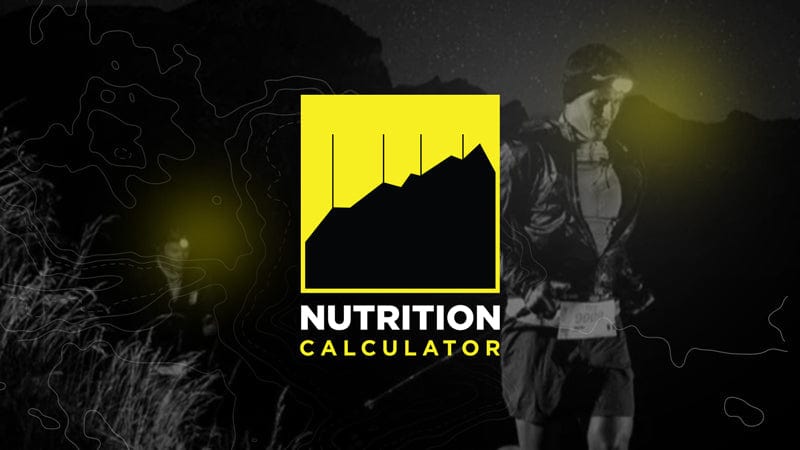
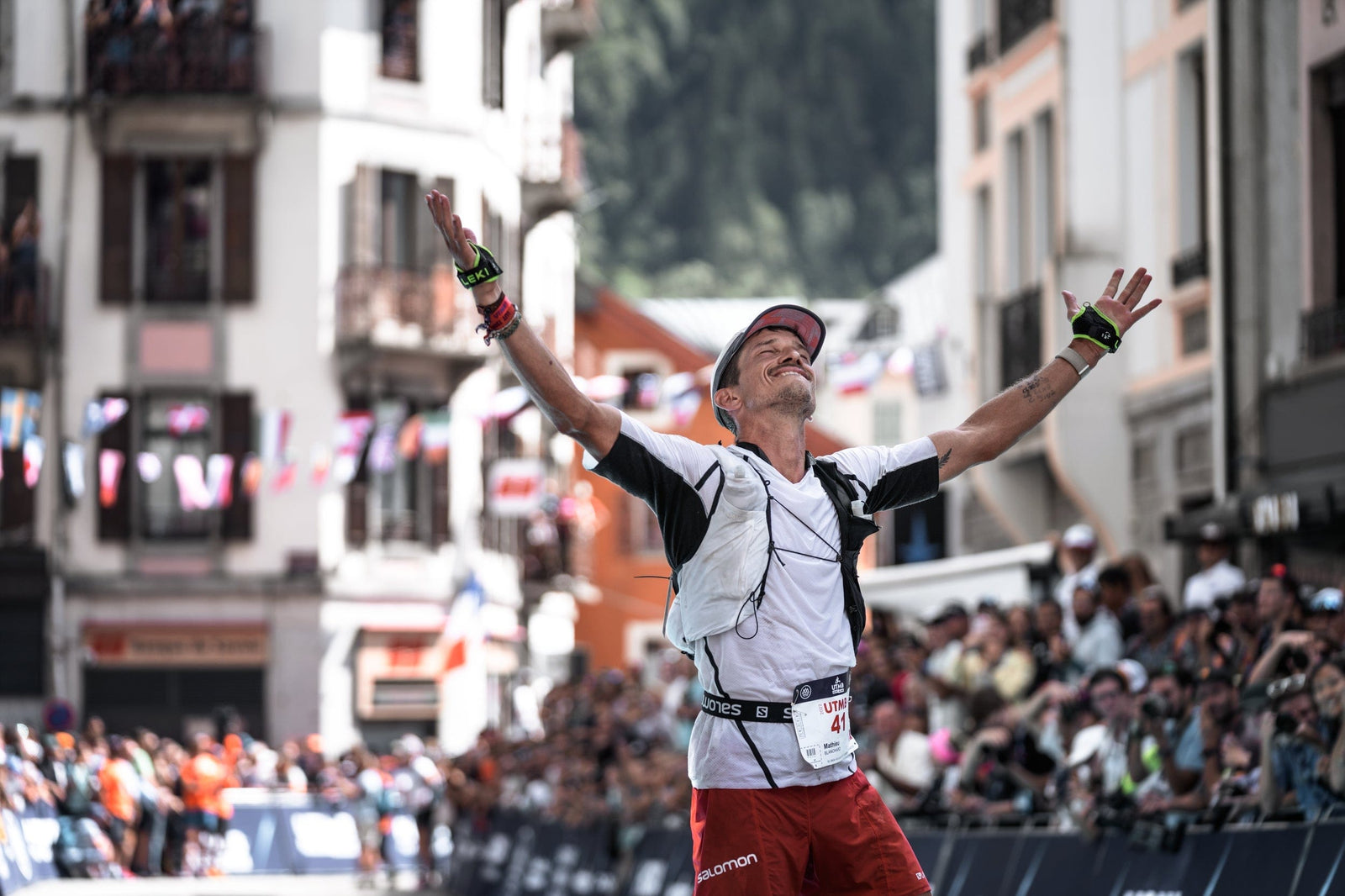




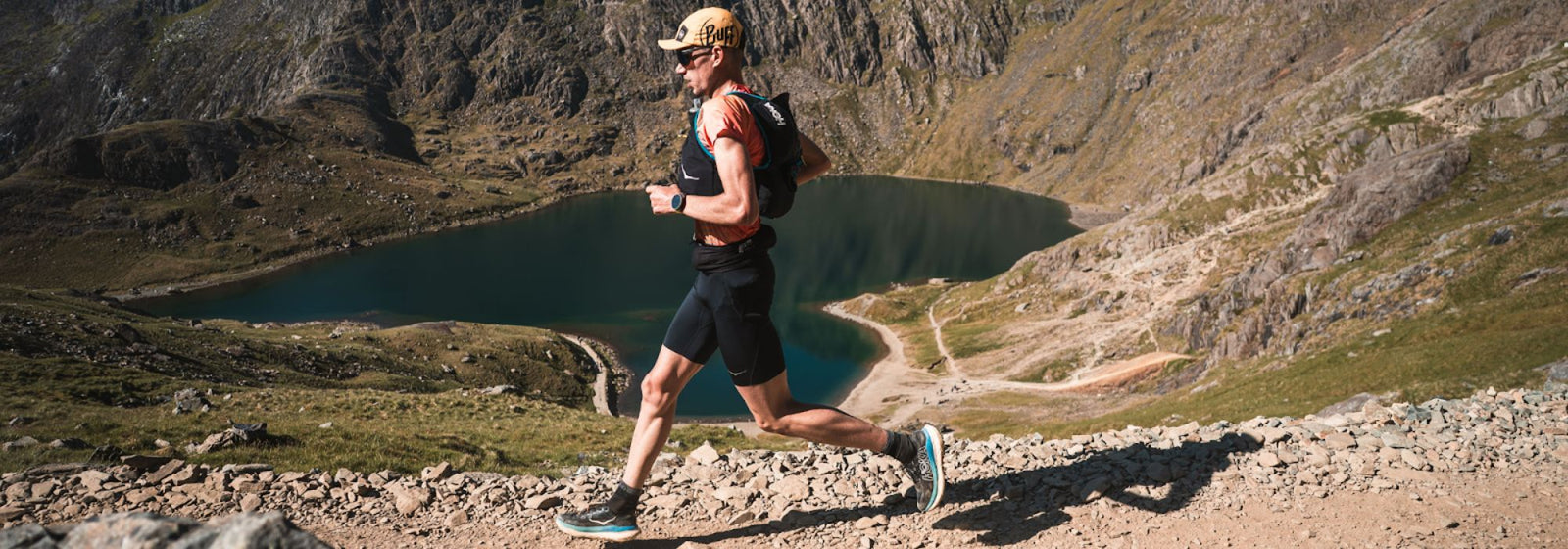

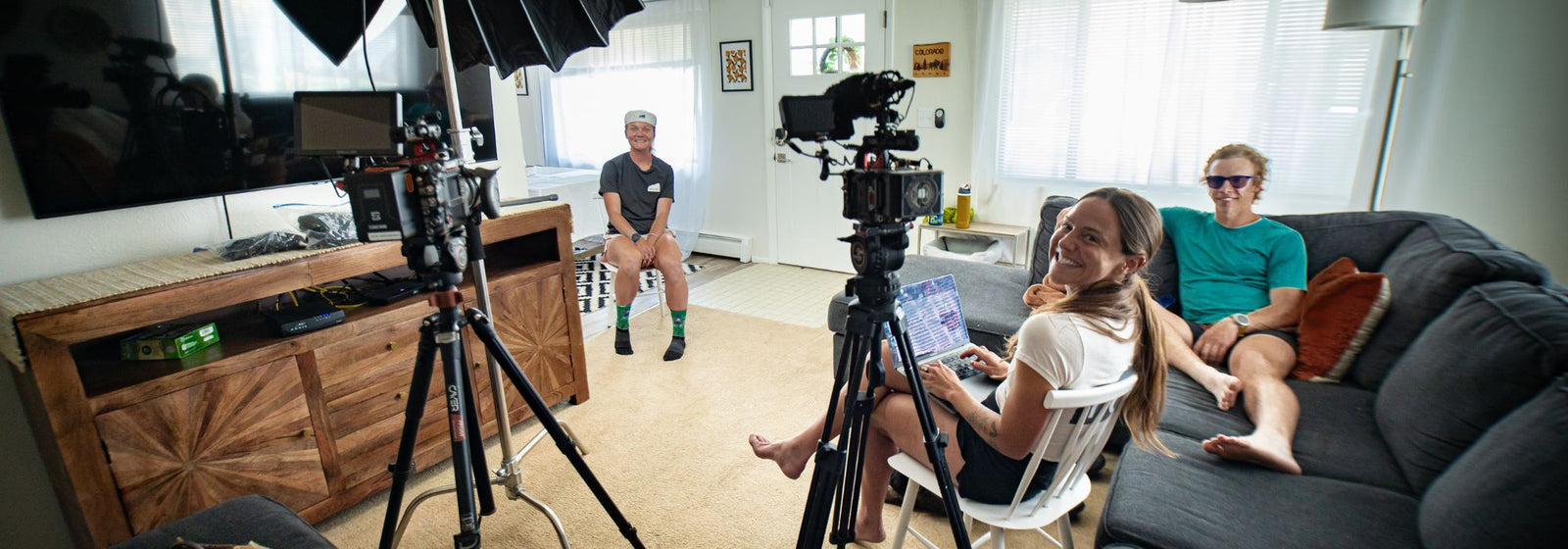

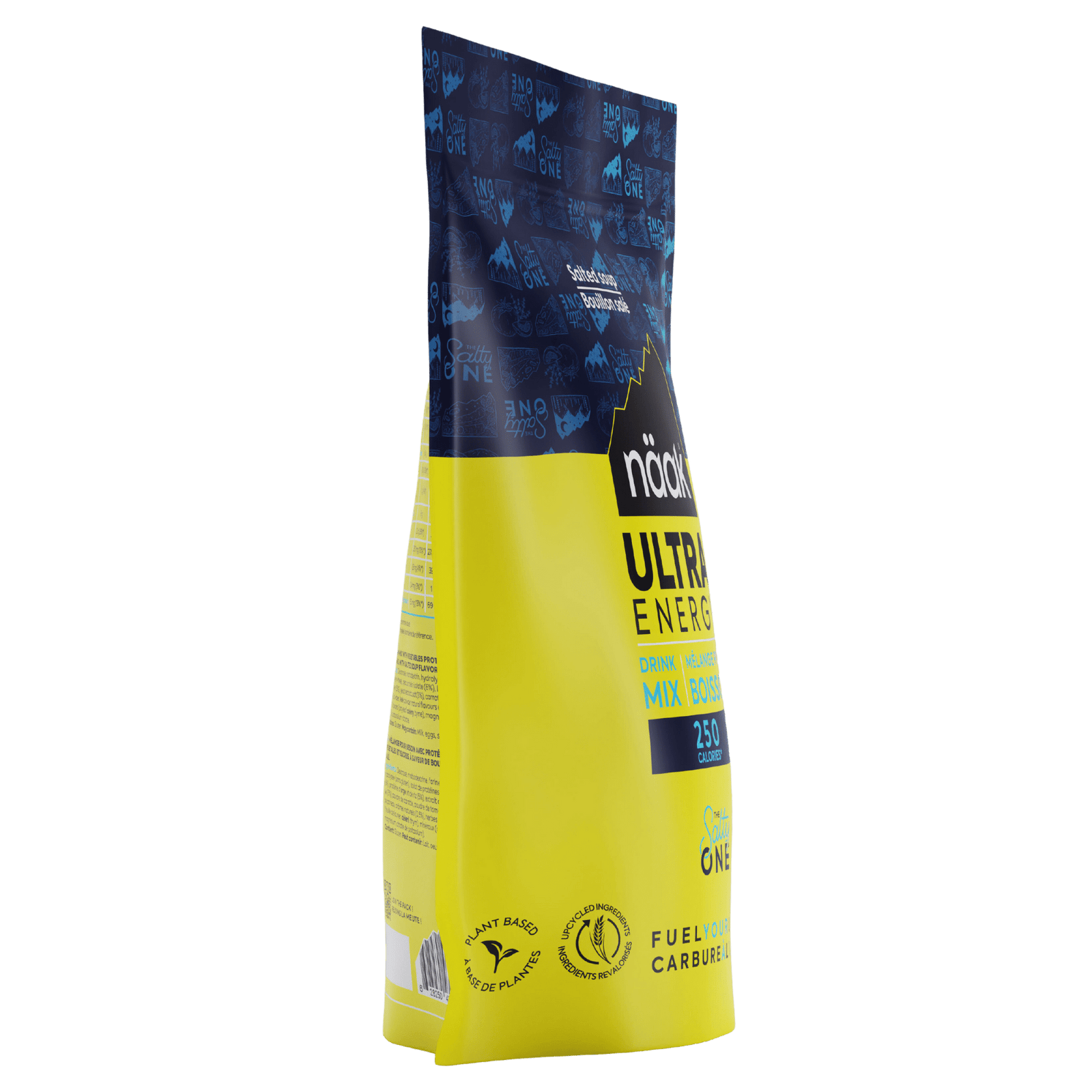
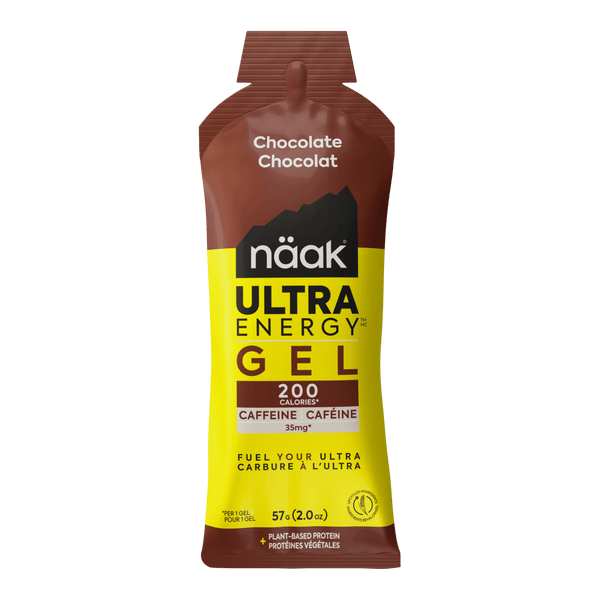
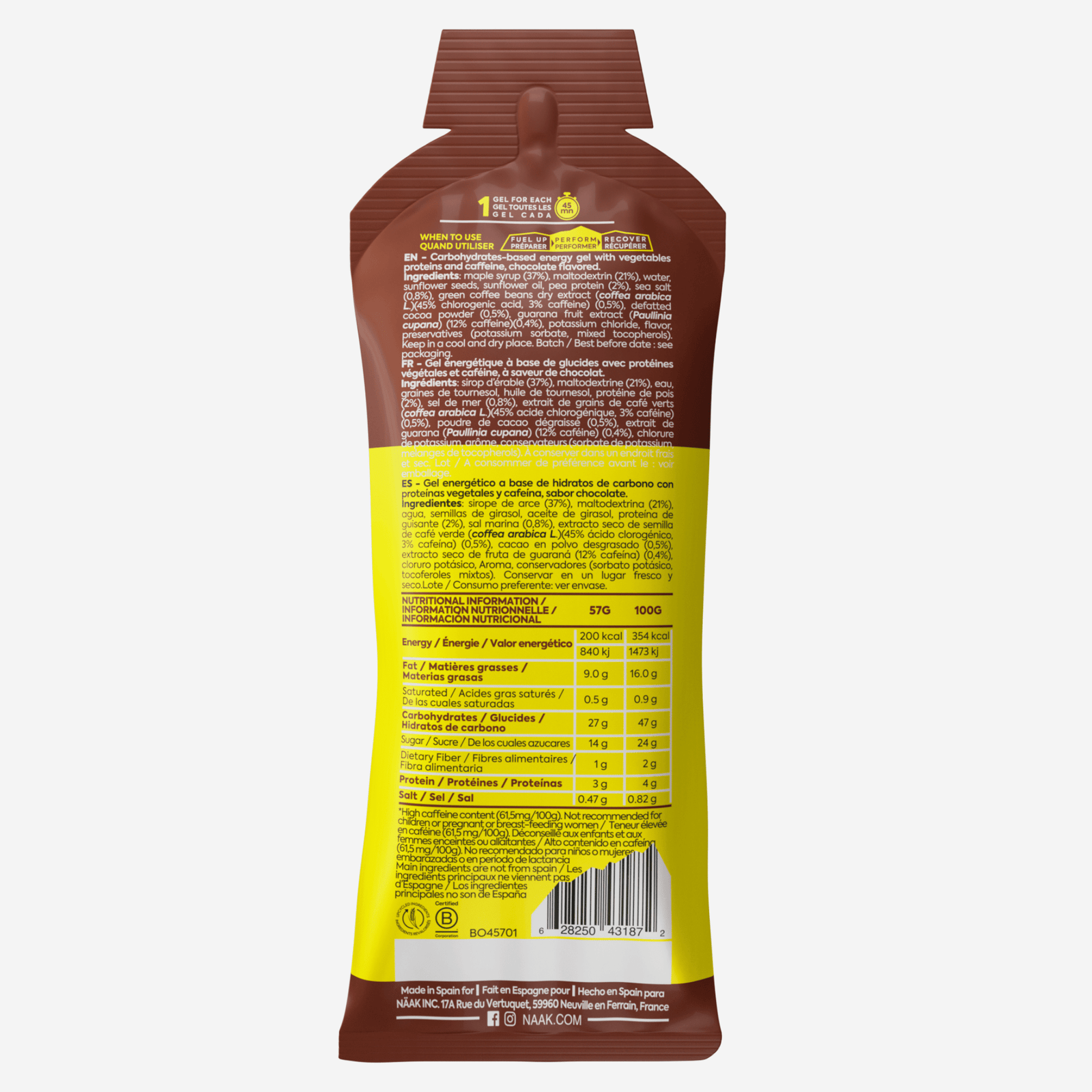
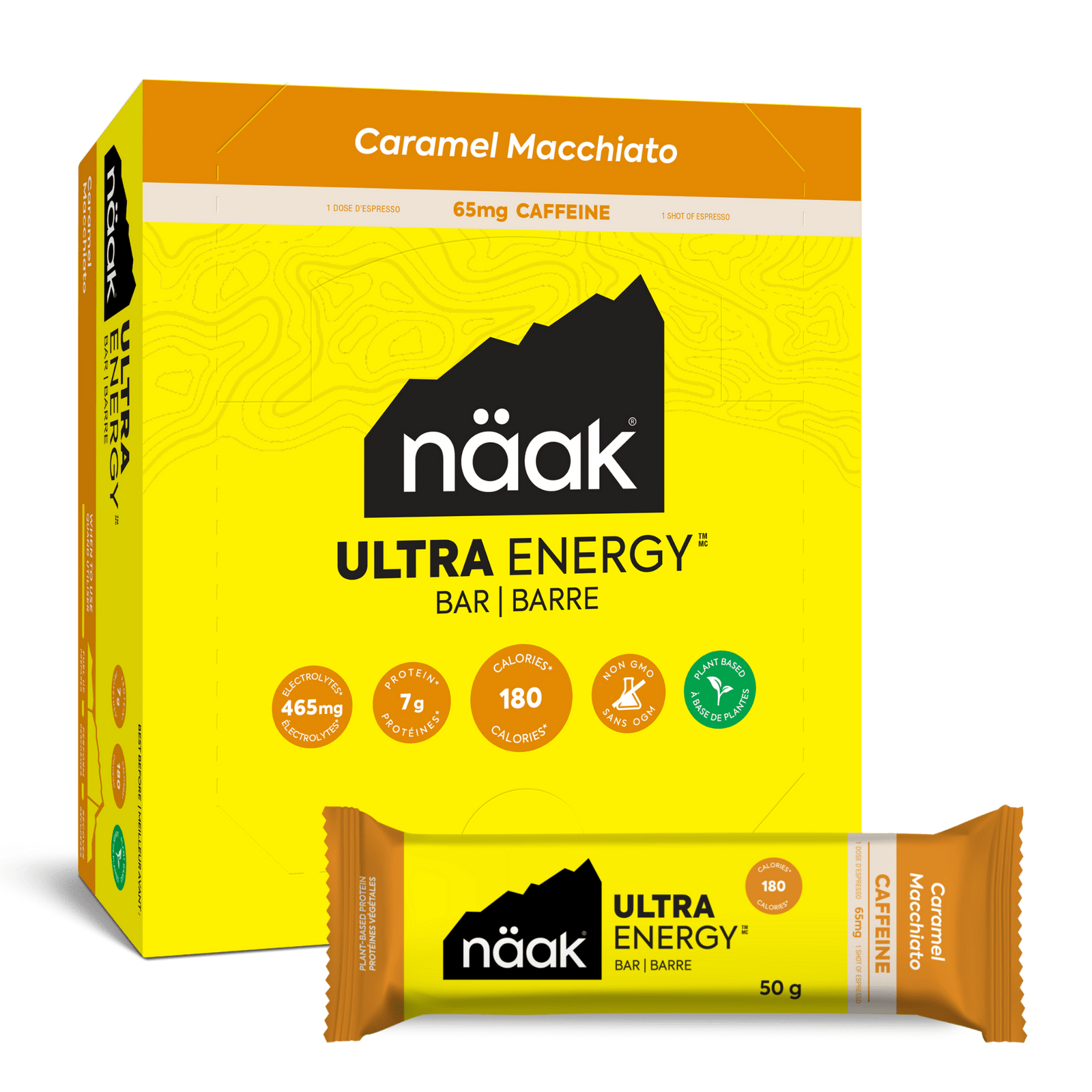
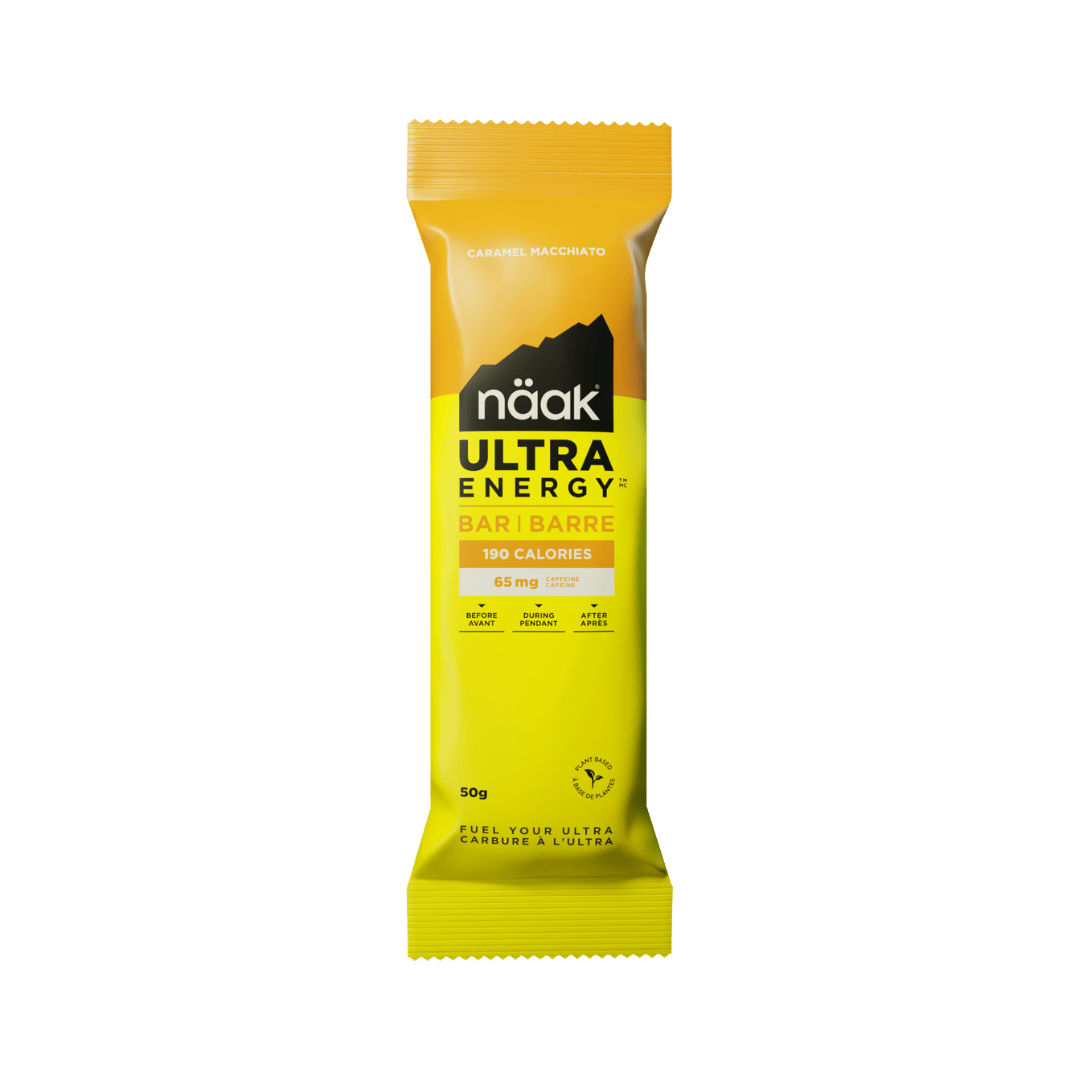
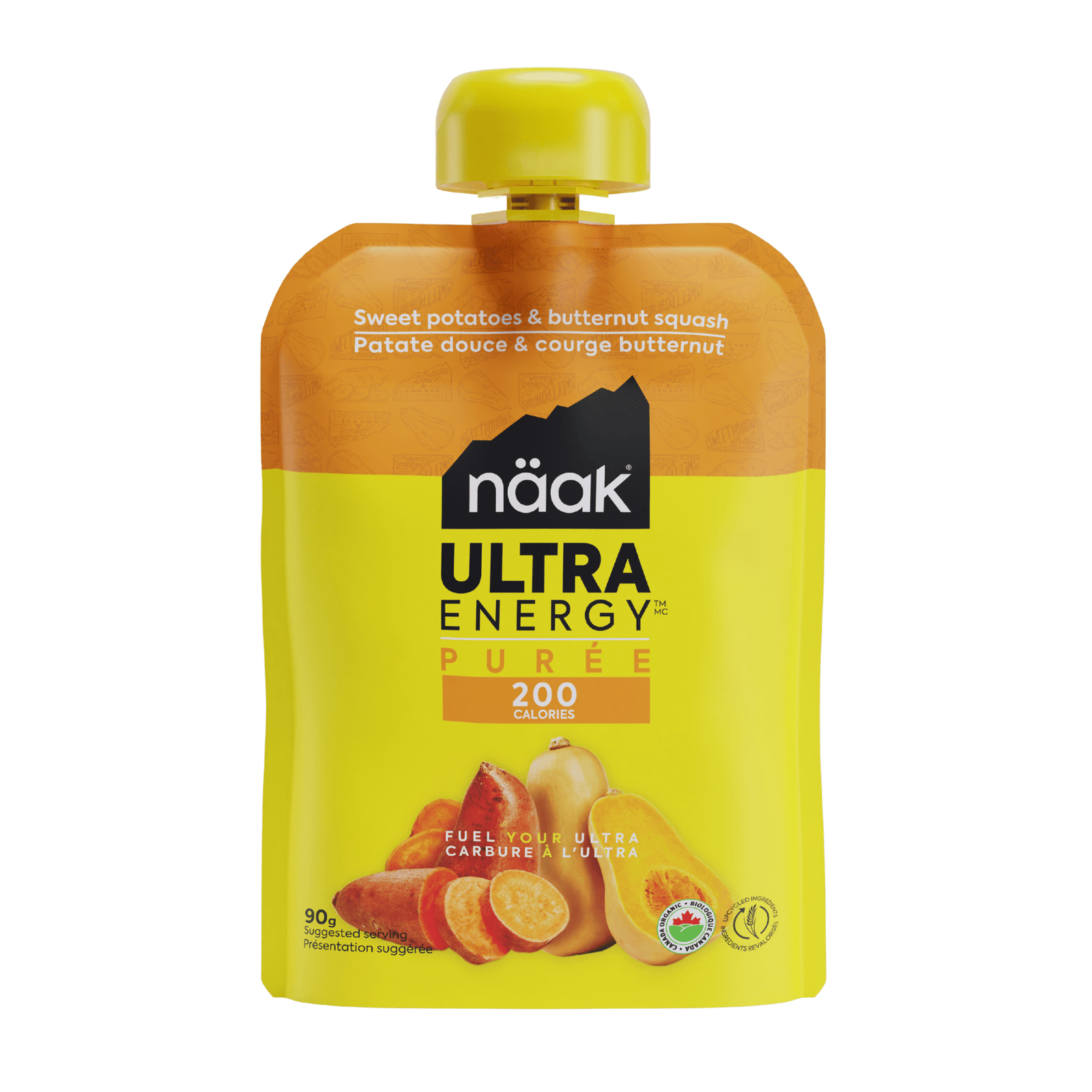
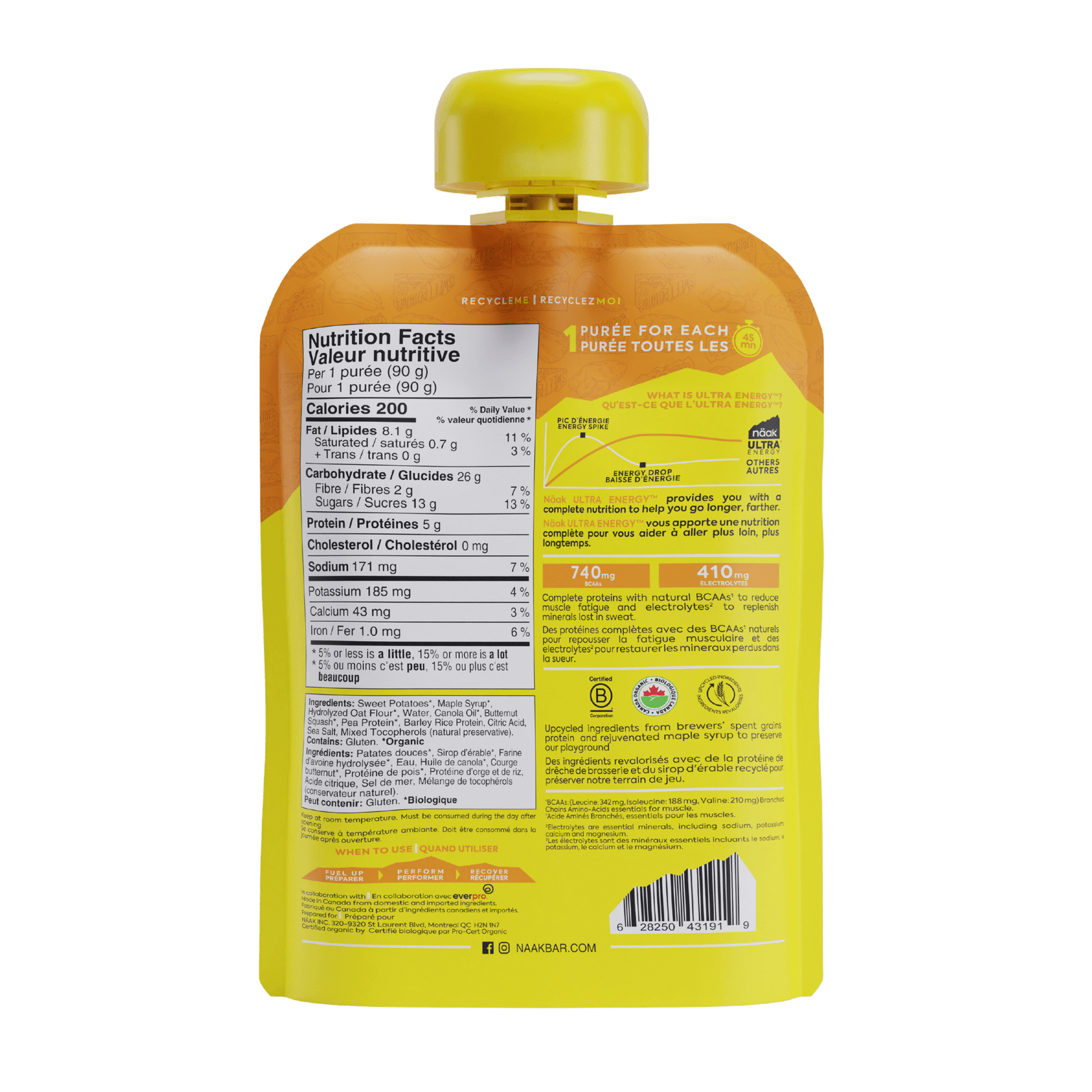
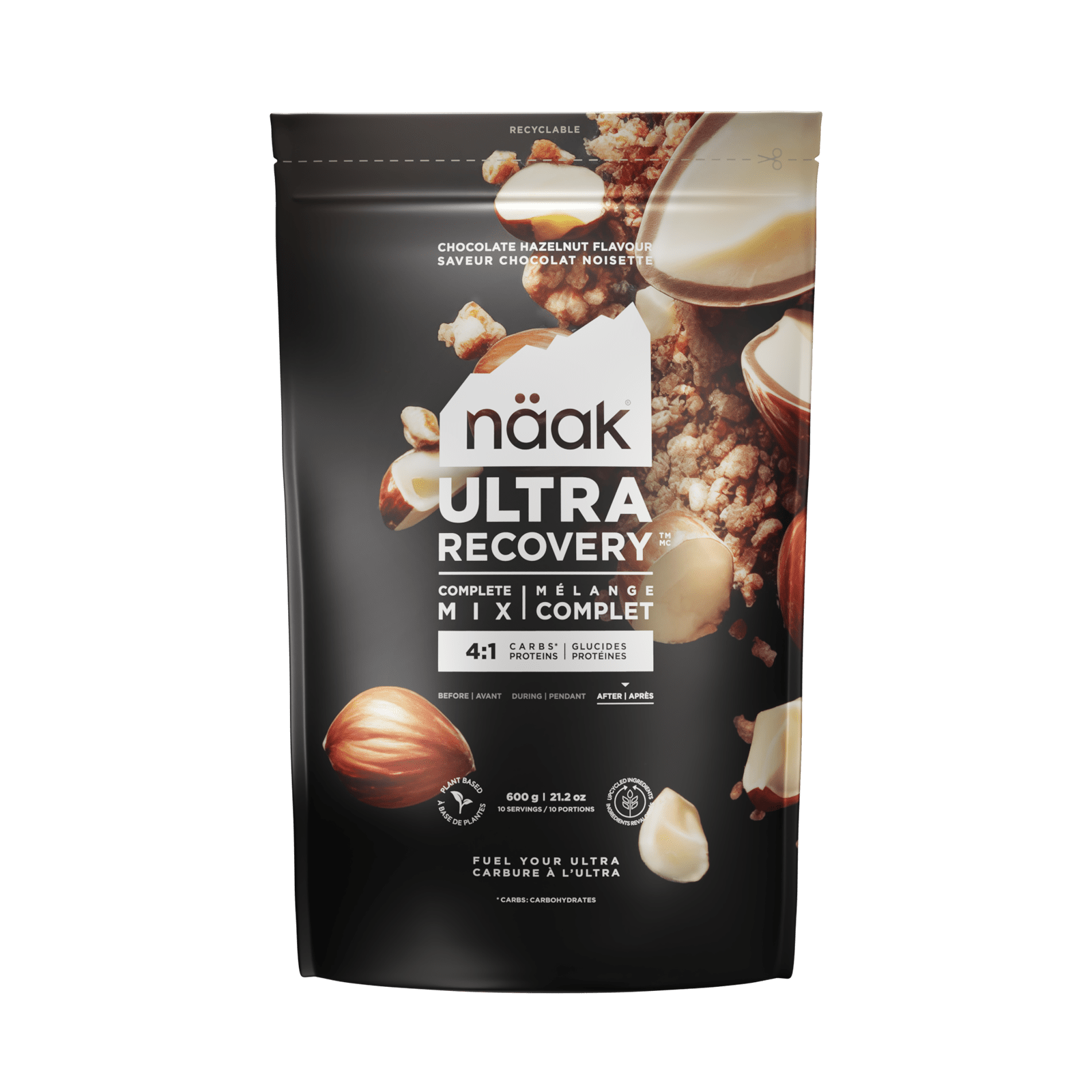

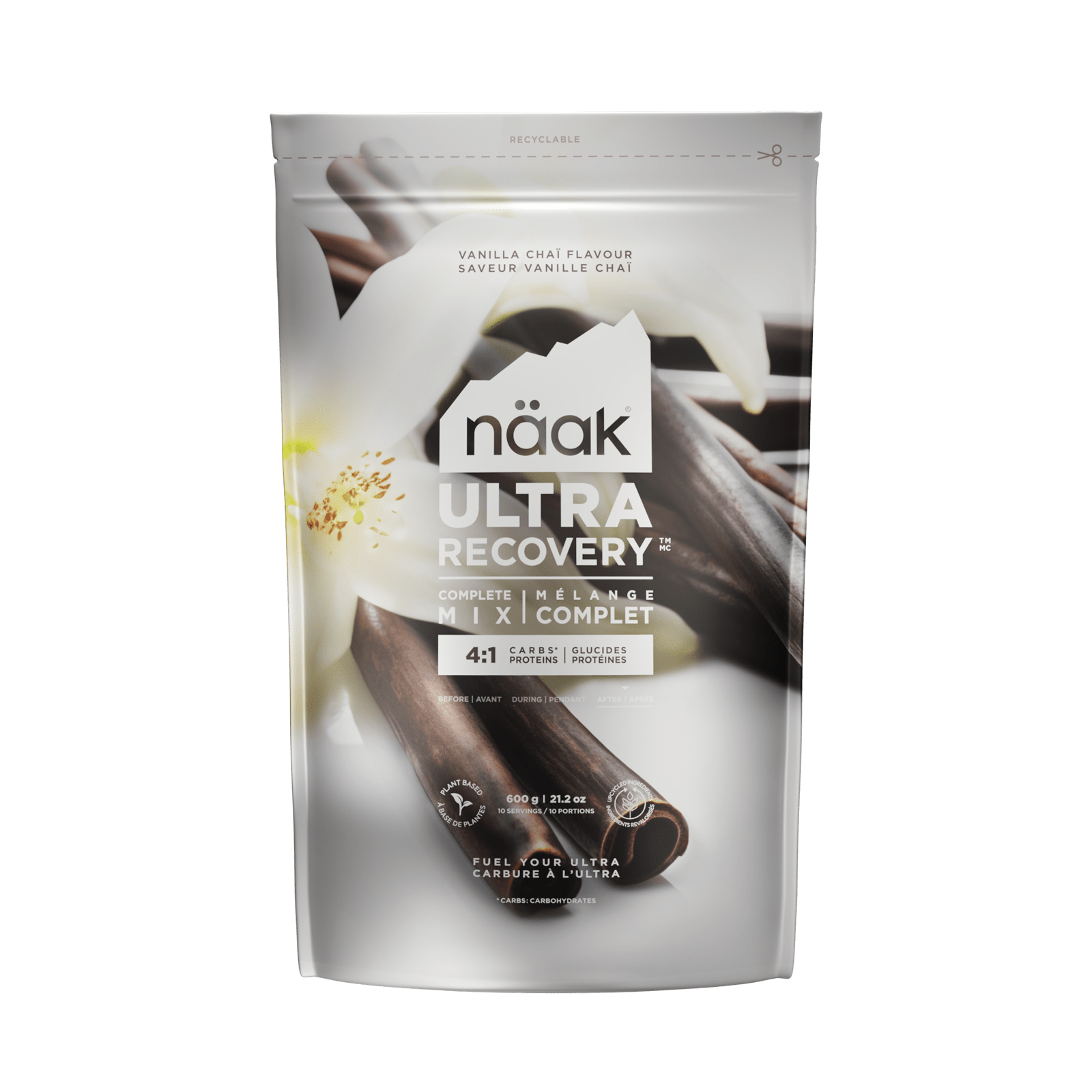
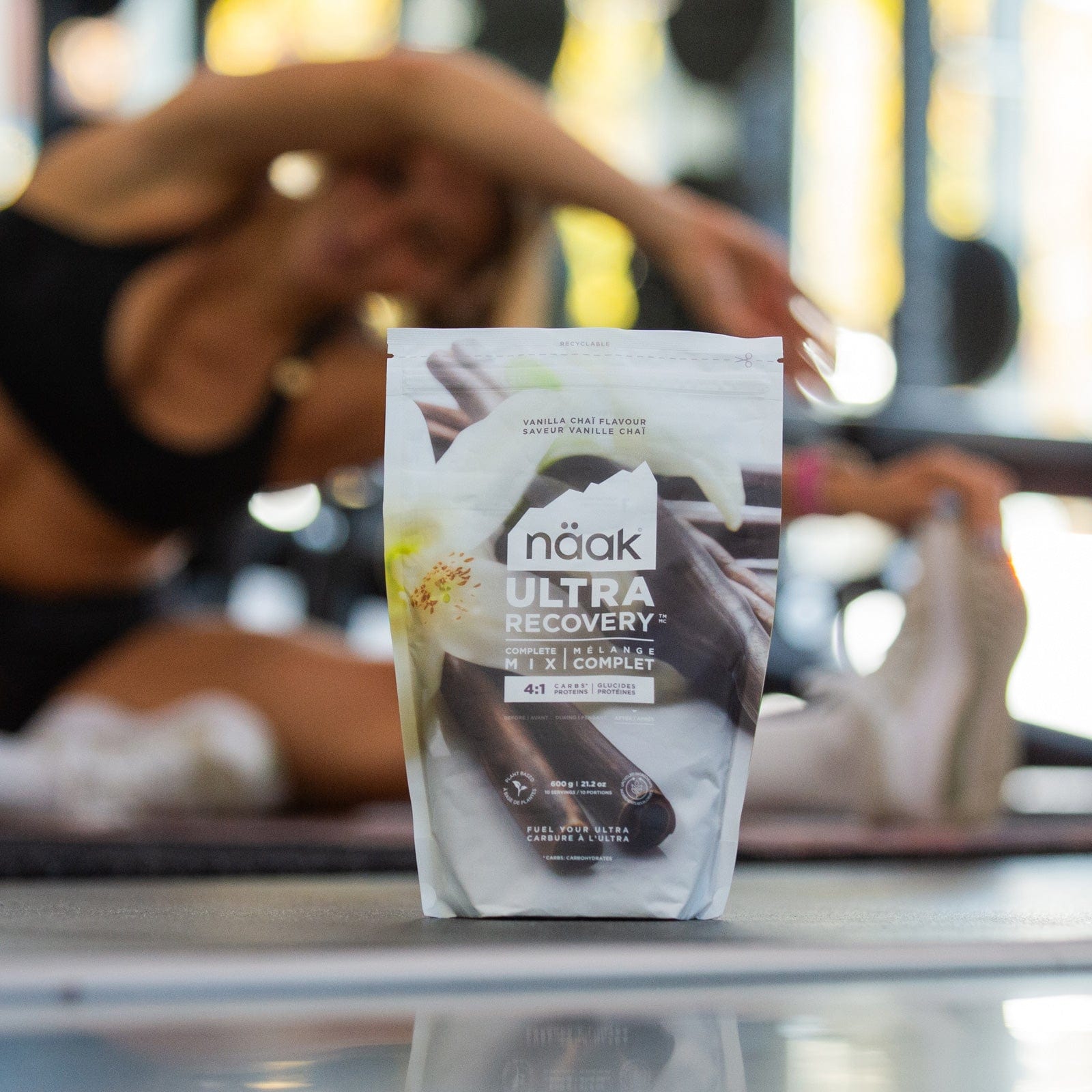
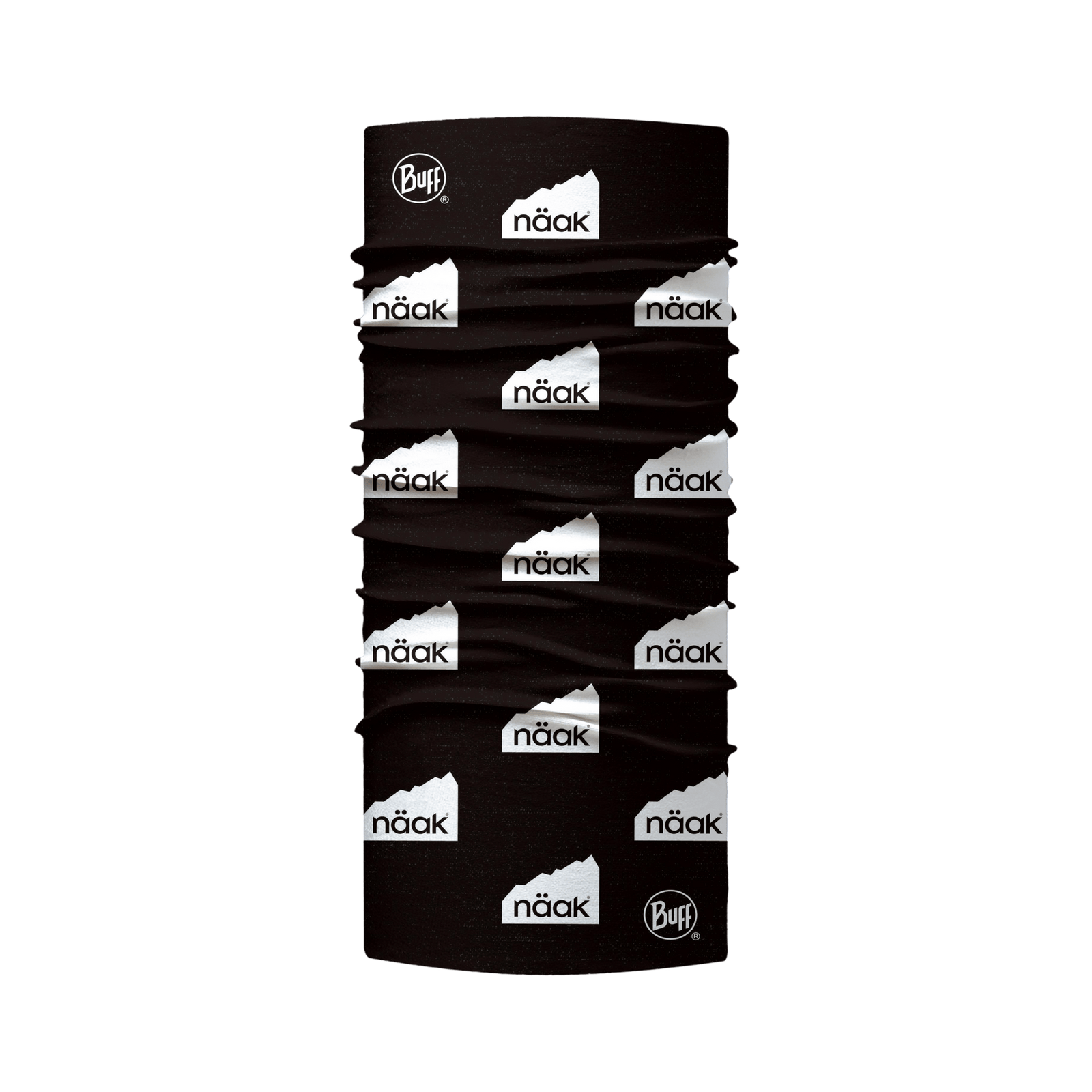
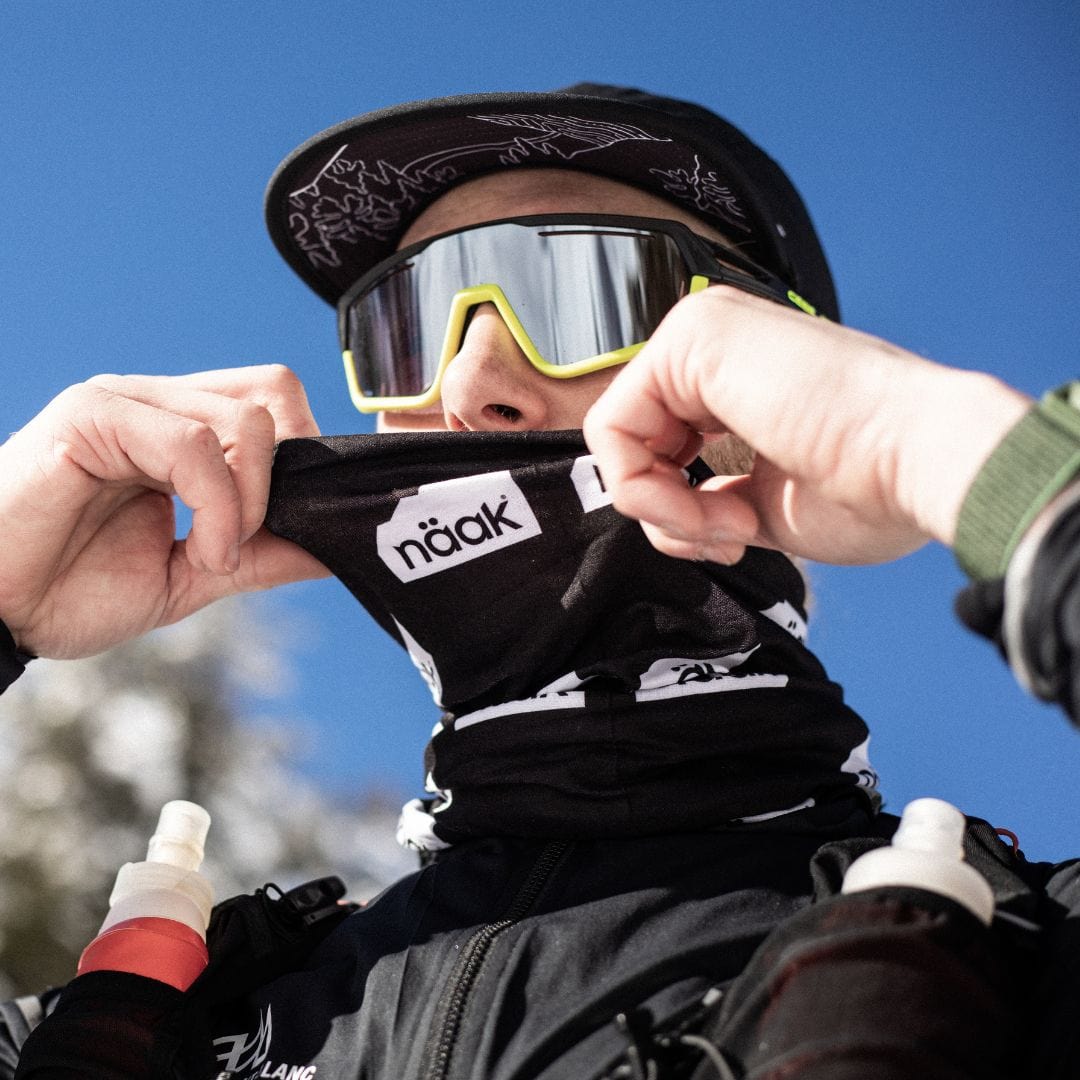
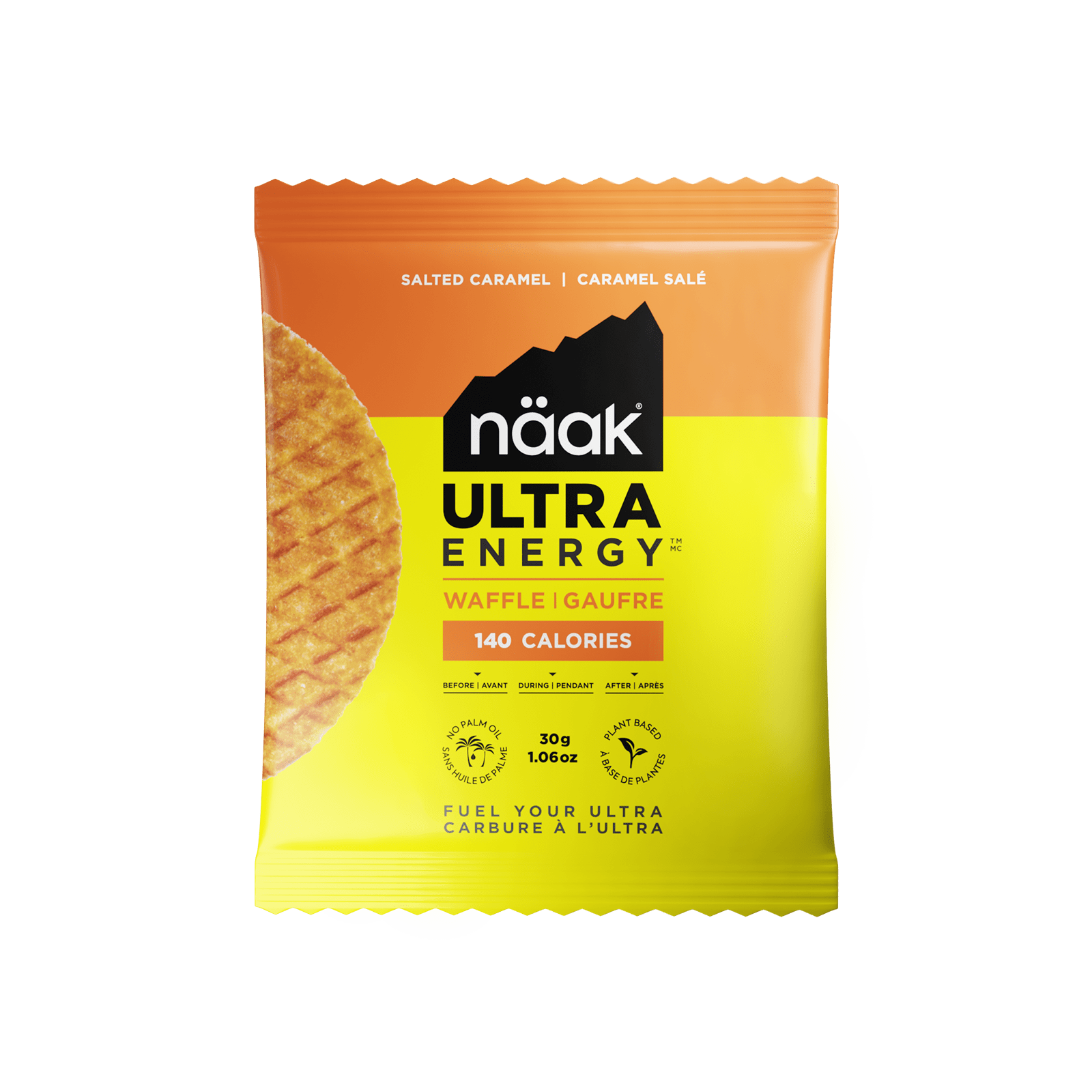
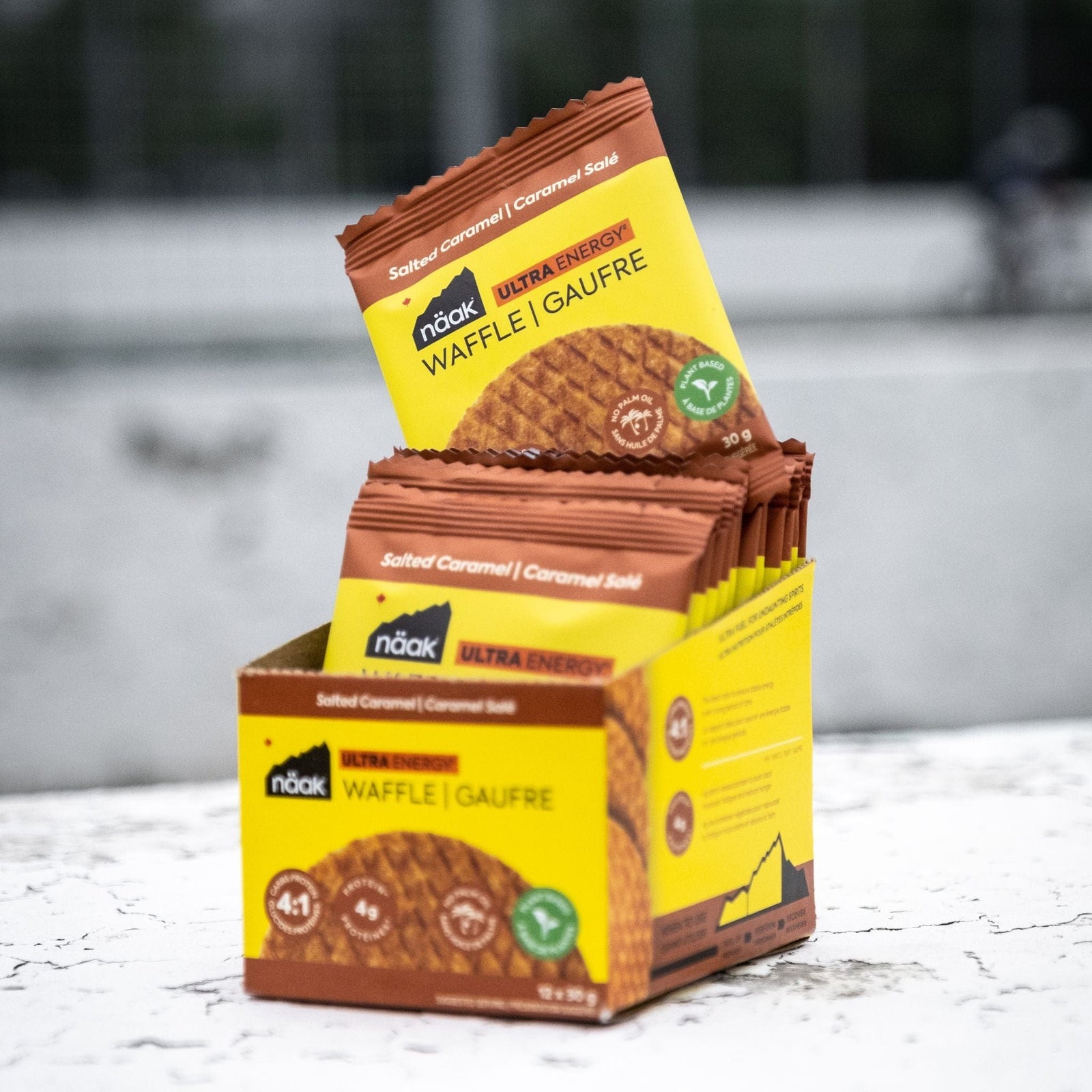


Laisser un commentaire